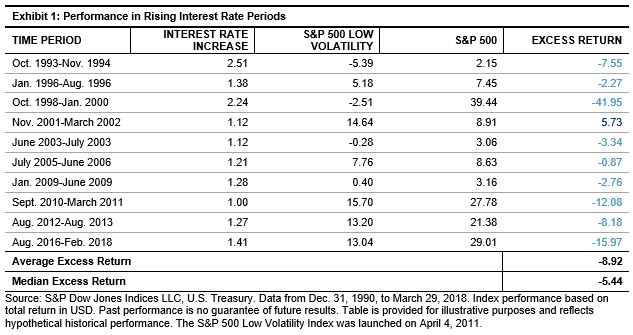In my recent book, The Behavioral Economics Approach to Winning New Clients (and Keeping the Ones You Have!), I offer a dozen recommendations to financial advisors charged with stewarding their clients’ assets to ultimately improve the relationship between client and advisor. Several lessons are devoted to communication, specifically ways to employ trust, loss aversion and regret aversion when helping clients save for future goals, and most often, those goals are retirement goals.
The heart of any retirement discussion must include the role of today’s defined contribution (DC) plan. DC plans today are not like yesterday’s supplemental, savings-oriented plans and the more we rely on these plans to provide a true retirement, the more we may also change our focus from wealth accumulation to a different goal such as an income-oriented goal. Income-oriented goals are those targeting a specific standard of living, withdrawal rate, or income replacement ratio in retirement. This shift in focus would require plan sponsors, practitioners and plan sponsors alike to change the way they communicate to and with each other; moving from a mere savings discussion to a discussion encompassing both saving and spending over one’s lifecycle.
When we communicate with clients (and/or DC plan participants), we must communicate in terms familiar and relevant to them. Historically, the retirement industry has communicated from the wealth accumulation lens, focusing on growing an account balance or what stocks or funds to pick. The problem with this communication approach is two-fold. First, participants generally do not know how much money is enough for retirement. Lump sum account balances are confusing – it may be more natural for participants to make decisions based on periodic amounts such as an annual salary or monthly bills. Secondly, when participants do retire, their nest egg is probably the biggest amount of money they have ever seen, let alone have to manage. This conundrum causes participants to exhibit either the illusion of wealth (spending too much too quick) or alternatively spending too little because they haven’t fully graduated from the savings mindset.
The retirement industry (financial advisors, plan sponsors, asset manager and index providers) can help participants by creating products and services that focus on retirement income rather than just wealth accumulation. I am pleased to see a resurgence in new products, white papers, retirement income topics at conferences and regulatory proposals such as the Retirement Enhancement and Savings Act of 2018. What’s needed now are innovative solutions designed to provide clarity in savings outcomes to help participants understand the risks they face as they progress to and in retirement. I am confident that our industry will create these solutions and help turn America’s defined contribution system into America’s retirement system!
Video Link: https://www.assettv.ca/video/communicating-income-lessons-behavioral-finance
The posts on this blog are opinions, not advice. Please read our Disclaimers.






















































